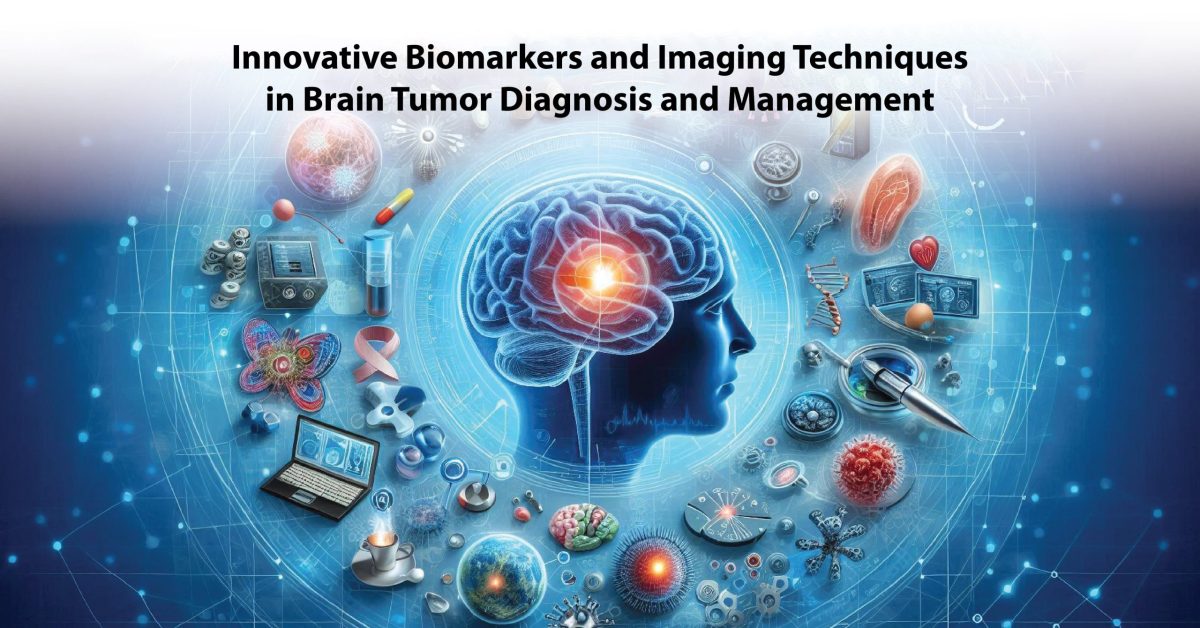Introduction
Among the oncological diseases, brain tumors are considered a difficult category since they are characterized by complexity in their formation and the important role of the organs of the brain. Regarding the diagnosis and management of brain tumors, primarily gliomas, it remains critical to carry out proper diagnosis and management to enhance the patient’s prognosis. Biomarkers and imaging have undergone significant development in recent years and have significantly changed the methods of diagnosing and treating brain tumors. These improvements have improved the clinician’s abilities in characterizing the tumor as well as delivering and evaluating therapy results. Further, it focuses on how biomarkers and imaging technology for differential brain tumor diagnosis have continued to evolve.
The Role of Biomarkers in Brain Tumor Diagnosis
Biomarkers are laboratory indicators and parameters that, upon measurement, would enable one to deduce the presence and/or development of diseases such as brain tumors. As a result, in the context of gliomas, several biomarkers have been discovered that are extensively used for diagnosis and treatment planning.
There is the so-called vascular normalization index—that biomarker indicates the effectiveness of this high-risk therapy in targeting vascular endothelial growth factor in glioblastoma. This index involves various factors, such as alterations in permeability as well as microvessel number, to assess the outcome of the treatment. Abnormal values of these biomarkers early can signal a patient’s treatment response, allowing for changes in his/her treatment regime.
Another severe biomarker is the MGMT (O 6-methylguanine-DNA methyltransferase) promoter methylation status. It was identified that this marker could be used to anticipate the frequency and outcomes of pseudoprogression in newly diagnosed glioblastoma patients after concomitant radiochemotherapy. Pseudoprogression is the phenomenon in which treatment-induced changes appear like tumor progression in imaging scans, which creates challenges in evaluating patient’s responses. Identifying the MGMT status of a patient will help to distinguish between true progression and pseudoprogression, hence aiding clinicians in making the right decisions for the patients.
